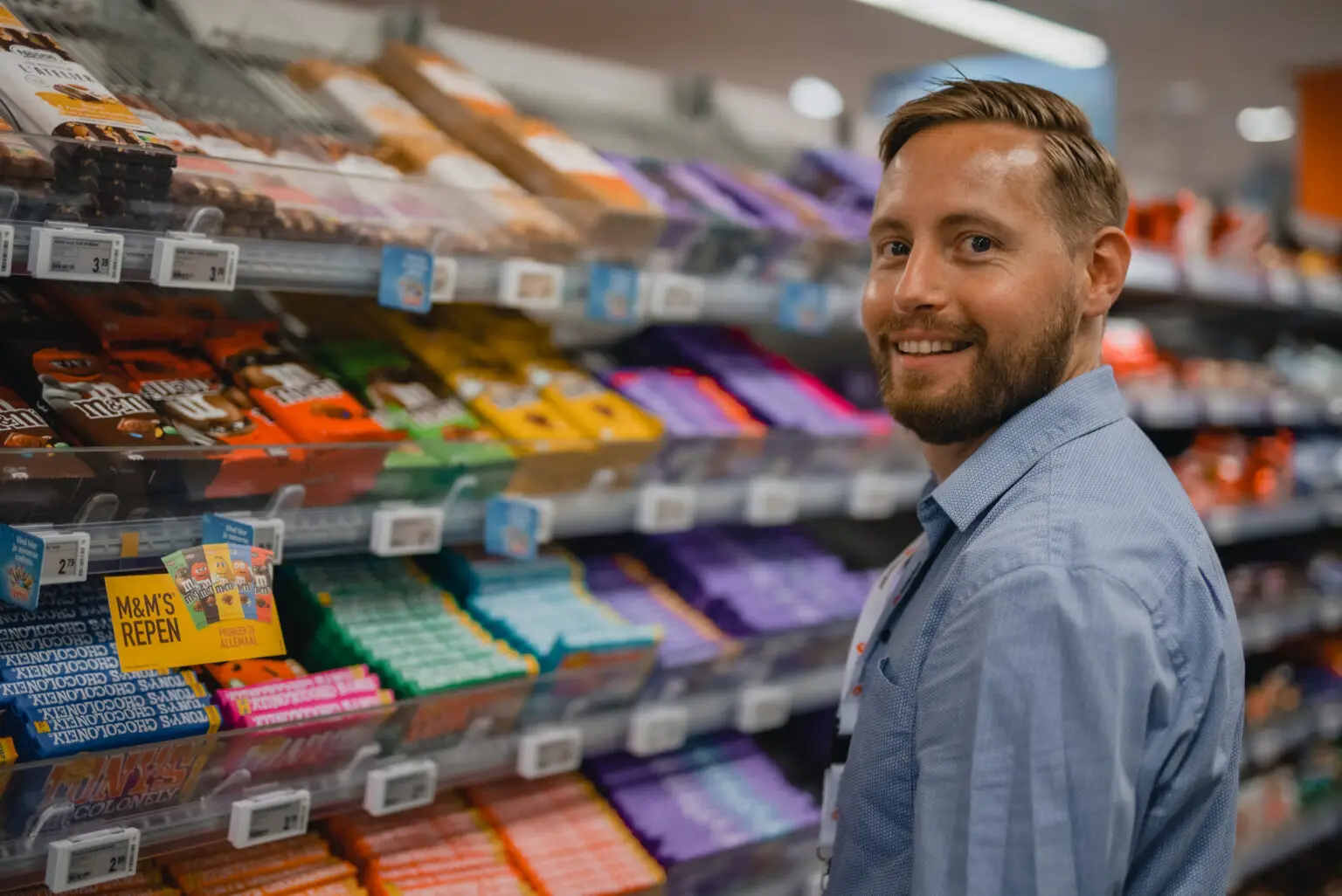Roamler leverages a large community of thousands of European shoppers, ready to perform both in-store audits and mystery shopping tasks where and when you need it. Depending on your KPIs, the use of in-store audits or mystery shopping can help you gain relevant insights which can be used to build a much more effective cooperation with retailers.
So, which service suits your KPIs and company better, in-store audits or mystery shopping? Or is a combination of these services more convenient? With the help of this article you can identify differences and similarities between in-store audits and mystery shopping, allowing you to get a handle on the best way to track down your chances for growth.
In-store audits and mystery shopping: commonalities of solutions
In practical terms, in-store audits and mystery shopping are performed and made available to you in the same way. Matched to your needs, depending on skills, experience level and location, both in-store audits and mystery shopping tasks are performed by trained auditors, working throughout Europe. Through the Roamler App, these auditors are tasked to visit your POS, and report on relevant KPIs. The data resulting from these reports is, after a manual check for completeness and accuracy, available to you through dashboards and custom reports.
In terms of added value, a number of additional commonalities between the two services can be named. Firstly, both services are suitable to access data from a complete range of stores, supermarkets, and restaurants in real time for all FMCG brands and retailers. Secondly, operational flexibility, ensuring your own employees to focus on higher valued and more pertinent tasks, is a perk of both services. Finally, both in-store audits and mystery shopping result in actionable data and focus points that you can put to work immediately.
"Through the Roamler App, auditors are tasked to visit your POS, and report on relevant KPIs."
In-store audits: fitting KPIs
In-store audits give you quick results, control over your in store appearances and concrete equities, and deliver the best results for all KPIs related to on-shelf availability, on-shelf visibility and category management.
1. On-shelf availability
On-shelf availability has been a key focus within the FMCG industry for many years. After all, if your products are not available on the shelves, they can’t be purchased. Measuring on-shelf availability in traditional ways can lead to having an incomplete overview. More specifically, traditional auditing methods are often not representative of what the shopper is really seeing, as they mostly cover a small sample of stores, and do not enable you to pinpoint where the most effective action can be taken. Using in-store audits, happen during regular working hours and do not enable you to pinpoint where the most effective action can be taken. By using crowd-supported in-store audits, you can get timely access to a granular view on all KPIs of availability at SKU, brand or category level, in multiple points of sale, during weekdays and weekends.
2. On-shelf visibility
On-shelf availability on itself is insufficient to ensure that your product is picked by consumers; on-shelf visibility is a second key factor. Products must be displayed at the right spot, at the right price, and have a sufficient share of the shelf and assortment. Additionally, they should stand out against the competition with a striking layout, the right aisle flow and the right position. With crowd-enabled in-store audits, a liquid workforce is put to work to report on all these KPIs in a matter of days, driving the visibility of your brands on shelf.
3. Category management
Lastly, on a category level, in-store audits can be used to improve the consumer experience, by making it easier to navigate and to find specific products, and for simplifying negotiations with suppliers. Executing cyclic and comprehensive in-store audits, will help you in implementing solutions that drive shopper loyalty and category growth, such as distribution analysis, price and product analysis, category analysis, and perfect store programs.
"Using in-store audits, you can get access to a granular view on all KPIs of availability at SKU brand or category level, even by time of the day."
Mystery shopping: insights on retail experience
Mystery shopping tasks give you the ability to retrieve data that you cannot get with in-store audits, and therefore deliver the best results for KPIs related to consumer experience, product/service compliance, and purchase recommendation. Not only for retailers, but also for FMCG brands, an objective, reliable and thorough evaluation of in-store processes can be a game changer for driving sales.
1. Consumer experience
In this digital age, it can be difficult to compete with the convenience of ecommerce, making it even more important to improve the consumer experience in store. Mystery shopping can deliver even more in-depth results than in-store audits when it comes to consumer experience, by analyzing the typical shopping processes your customers go through, and checking the brand presence and branded materials, in order to find a way to bring a unique and better experience to your stores.
2. Product/service compliance and product recommendation
Activating customer touchpoints in the right way is incredibly important to the success of your brand. Are consumers moving through the path-to-purchase as easy as possible? And are they provided with the right information and proper service? During our mystery shopping activities, a community of real, on-demand shoppers assess stores and personnel performances and deliver unbiased, accurate feedback in real time.
